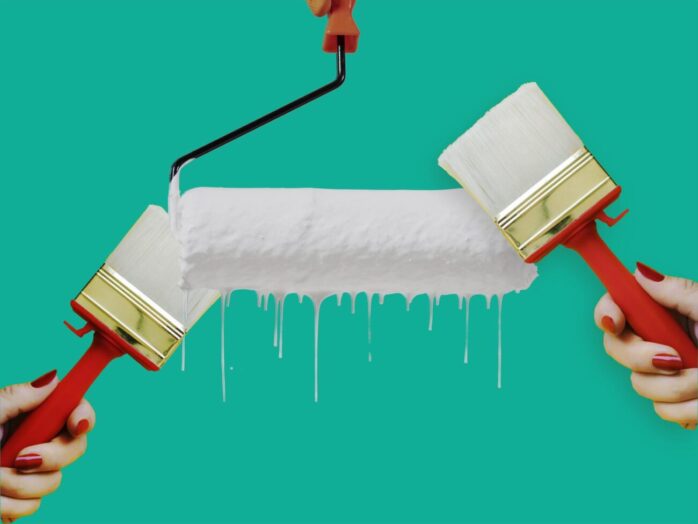
Are you a budding artist frustrated with your painting results because of the wrong brush? Let us help!
Here, we guide you through different types of paint brushes, their uses and how to choose the right one for your art. You can now create masterpieces with ease!
Importance of selecting the right paint brush for a successful painting project
Choosing the right tool is crucial for a successful painting project. It is important to carefully consider the different types of painting tools available to ensure the best results. One key tool to consider is the implement used for applying paint. There are a variety of options available, each with its own unique properties and uses. Selecting the appropriate applicator can greatly impact the outcome of the project.
Different types of applicators, such as Monarch paint brushes, have different bristle types and shapes that can significantly affect the texture and finish of the painting surface. For example, flat and angled brushes can produce straight and precise lines, while round brushes can be used to create soft and blended effects. Additionally, the quality of the bristles and handle can also play a role in the final outcome of the project. Higher-quality bristles and ergonomic handles can make the painting process more comfortable and improve the overall result.
The properties of the applicator, such as the bristle type and shape, as well as the quality of the bristles and handle, can greatly impact the texture and finish of the painting surface. By carefully considering the different types of applicators available, painters can achieve their desired result with greater ease and accuracy.
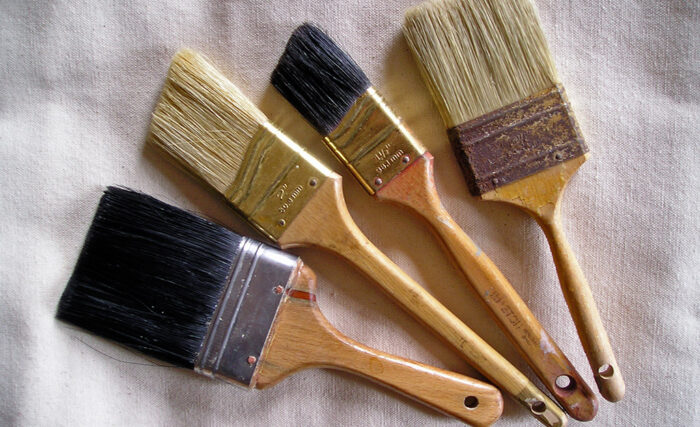
Natural Bristle Brushes
They are generally made from animal hair and have a coarse texture, suitable for use with oil-based paints, stains and varnishes. The natural bristles help create texture in the finish and lend themselves to creating distinctive brush strokes. There are three common types of natural bristle brushes: China bristles, hog bristles and badger hair.
China bristles come from a variety of sources, such as pigs, sables or badgers. They have a crimped tip which helps them hold paint better and makes them ideal for painting textured surfaces like woodgrain or masonry.
Hog bristles are one of the most durable options available because they come from hogs that were specially bred for the purpose of making high-grade brushes. Because hog bristles are stiffer than other options available on the market, they can stand up to heavy use without fraying or coming apart easily. This makes them well suited for outdoor paint jobs as well as tasks that require thicker coats of paint applied quickly.
Badger hair is the softest type and has been used by professional painters since ancient times. It has excellent absorption properties which enable it to hold more paint per brush stroke with less dripping or spilling than other types of natural bristle brushes, so. Badger hair is also surprisingly strong so you don’t have to worry about it splitting while being put through its paces in difficult jobs like door jambs or corners where getting even coats requires extreme effort.
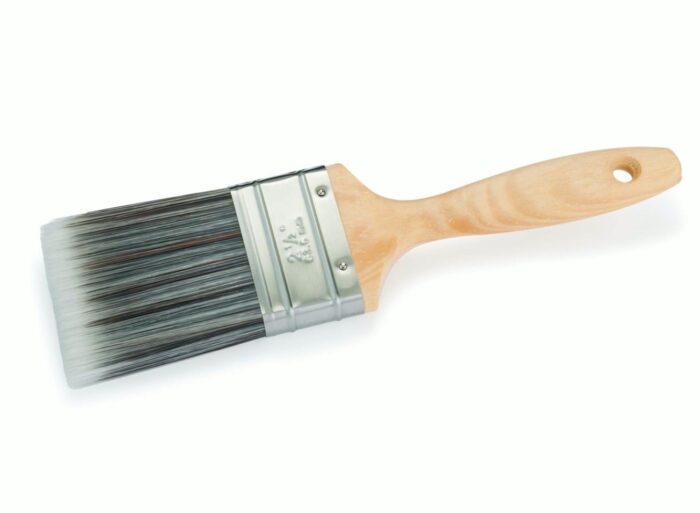
Synthetic Bristle Brushes
They are designed to bring out the best of today’s water-based materials. These brushes offer a wide range of stroke styles and allow you to use more fluid, high-viscosity paints. Synthetic bristles are made from nylon, polyester or a blend of both and come in several different shapes and sizes. Most of them have flagged tips that hold more paint and produce smoother strokes.
The most popular types include angular, flat, filbert, fan, liner and mop brushes. Generally speaking, angular ones are good for detail work and excellent for edging and cutting in close corners; flat brushes provide solid coverage during longer passes; filbert shapes create soft texture; fans provide nice blending capabilities on broad surfaces; liners excel in trim work due to their fine tipped shape; mops are best suited for large surfaces such as walls or panels that require thick applications of paint
They also require less maintenance since they can be easily cleaned with just soap and water compared to natural bristle counterparts which MUST be oiled at each use to keep bristles supple.
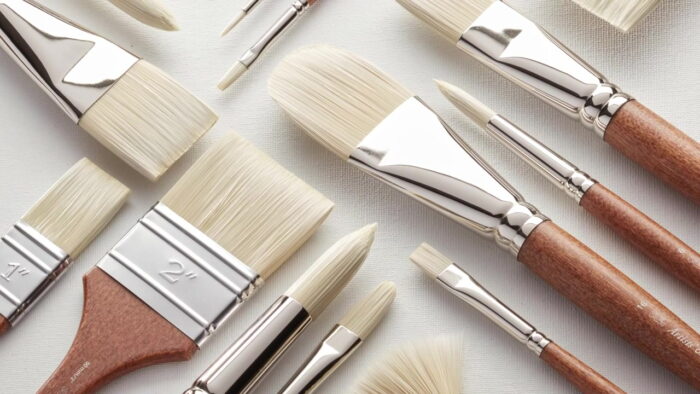
Tips for Choosing the Right Paint Brush
Choosing the right applicator is a key component to successful painting, and it can be a challenge when there are so many varieties available. Here are some basic tips to help you make the right decision:
-Choose a brush head shape specific to your project – flat, round and angle cut brushes are just a few of the shapes available.
-Look for ones made from natural bristles such as hog hair or synthetic ones such as nylon or polyester. Natural bristles may be helpful for softer paints like watercolors, while synthetics work well with latex paint.
-Select ones that fit comfortably in your hand and can be held securely without much effort.
-Be aware of the number of bristles on it – more bristles can mean better control and blending capabilities, but in some instances, fewer bristles may be useful for smoothing out thicker coatings.
-Determine whether you need long handles for reaching into tight areas or if shorter versions will suffice, then look at the range of materials available including wood or plastic handles that come in different lengths and thicknesses.
-Choose an appropriate ferrule material such as stainless steel which won’t rust and corrode easily over time.
-Pick an appropriate size brush depending on how much paint is needed to cover the area – keep in mind that wider brushes hold more paint at once but may not provide enough precision in corners or crevices.
By taking into account all these criteria, you’ll be able to find a brush that fits your needs perfectly!
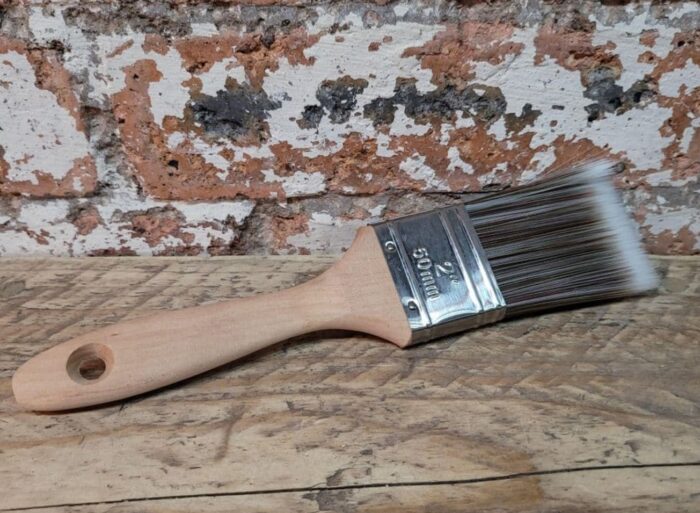
Conclusion
When it comes to choosing the right applicator for your project, you may be overwhelmed by all the options available. Keep in mind that each type is designed for different purposes and firmer or softer bristles are better suited for certain application techniques.
Natural-bristle ones are ideal for absorbing more fluid and creating softer effects, while synthetic bristle brushes provide control and smoothness. Ultimately, no matter which one you choose, practice good cleaning habits to ensure your brush will last you a long time.





